Split ends are a very common hair condition, especially among women with long hair. So, how do split ends form, what causes them, and how to avoid them in the future: we'll tell you everything!
Many women have to deal with split ends. Before we explain how to avoid them, let's try to understand their origin!

What is a split end?
Split ends are the result of repeated external stress on the hair. They are a splitting of the ends of the hair lengthwise, forming a split with two or more branches.It is the most common macroscopic response to trauma.
This hair shape anomaly is found mainly in long hair, which tends to be dry and damaged . Women are more affected than men, the latter having hair that tends to be more oily.
To understand the mechanism that causes split ends, let's take a quick look at the structure of hair.
A hair is made up of 3 concentric layers: the first, the strongest, is called the cuticle and it covers the cortex: the middle layer.
Finally, the inner layer is the medulla. When the cuticle tears due to high tension, the hair is no longer held together as a single component and the tear spreads to the inner layers.

What are the causes?
Brushing too hard
When brushing your hair vigorously, the tension from the brush/comb movement and the twisting of the ends together can cause split ends and breakage. Daily brushing has been shown to be one of the most damaging factors to hair. The degree of damage caused was directly proportional to the force applied to the hair during brushing and combing.
Using a detangling product will reduce friction between the hairs , thus reducing the damage to the cuticles that would otherwise result in split and brittle ends . In fact, in one experiment, it was proven that the number of damaged hairs was reduced to less than a tenth by applying a hair conditioner and reducing the brushing force.
There have been many very interesting studies done to understand the impact of high tension on hair when brushing, to compare brushing to combing, etc. Find them on the researchgate.net website .
Heat
Hair is made up mainly of a protein: keratin . This is very sensitive to high heat, particularly the heat produced by a straightener or curling iron. These can reach high temperatures (up to 210°C). Fragile and damaged hair will be vulnerable to this, especially if these devices are used repeatedly. On average, it will take at least a week for the hair to regain its vitality after heat damage, even if you use a steam device.
Chemical hair products
Hair products generally contain chemicals that are as bad for the environment as they are for your hair .
These chemical treatments cause the cuticle to break, causing hair to dry out and become brittle , and split ends to appear.
Daily shampoo usage can damage the cuticle layers. Most shampoos contain silicones and/or quaterniums, which damage hair due to their film-forming effect. Additionally, research has shown that excessive use of anti-dandruff shampoos containing 2% ketoconazole (an antifungal substance that fights the growth of fungi on the skin or scalp) can cause split ends.
Regarding the perm , its harmful effects are widely known. In particular the use of hydrogen peroxide in the oxidation step (opening of the scales to fix the curls or the color depending on the type of perm) which increases the surface damage; that is to say of the cuticle. Most perms and bleachings are carried out in the alkaline pH (pH > 7, that is to say basic) unlike the pH of the hair which is acidic , which causes swelling of the hair . If suitable neutralizers are not used the hair swells too much and can be irreversibly damaged.
Conditioners are usually used to control and prevent this damage. They contain cationic polymer emulsion (cationic surfactants, fatty alcohol, and silicones), which gives a positive electrical charge. Thus, the negative charge of the hair is easily attracted to the cationic polymers and deposits on the hair. Therefore, a greater amount of polymers can be adsorbed on the hair fibers, especially when they are damaged. In fact, damaged hair fibers are even more negatively charged.
Regarding hair straightening , a study conducted on 90 women showed that 17% of them who had their hair straightened more than once had split ends afterwards.
The belief that hair with split ends grows more slowly is false. It's actually a deception: your hair grows the same way, but your split ends break, making the lengths shorter. That's why it's so important to have strong, healthy hair!
Despite what some brands try to promise, it's not possible to repair split ends because hair fibers are made up of dead cells. Products you'll find for this purpose will simply "glue" your split ends back together. Protein-derived substances in conditioners can temporarily repair split ends. Proteins attracted to keratin hold the cortex fragments together until the next time you shampoo .
In addition to trimming your ends regularly, there are a few things you can do to adopt better habits:
The right actions to take
Vitamin E
Vitamin E is known for its skin and hair beautifying properties. But how does it actually work?
This vitamin inhibits the excessive development of free radicals (unstable chemical molecules produced in small quantities by the body which damage our cellular components) and thus promotes the strengthening of our bones, hair and nails.
Vitamin E has antioxidant properties and helps repair damaged hair follicles , improve hair growth and slow down the aging process. You can find this vitamin in the form of food supplements or as a cosmetic active ingredient to add to your homemade beauty products. As you can see, vitamin E is an effective and sustainable solution (and natural, so we approve!).
Attention and gentleness
In the future, you will need to reduce the use of heating appliances and protect your hair from heat . Comb your hair with a wide-toothed comb after gently wringing it out in a towel.
Wet hair tangles more easily and using a brush may cause tangled ends to break.
Nourish and/or hydrate
Split ends are a sign of dry, damaged hair . But depending on your hair type, the solution to this will vary. If your hair is lacking moisture , you'll need to replenish it with water-based or hydrosol-based treatments.
On the contrary, if your hair is lacking nutrition, you can nourish it with vegetable oil baths for example.
We have written an article dedicated to understanding the nuance between hair hydration and nutrition, click here to view it .
To conclude
Split ends are very common and are not an end in themselves! Once we understand how they appear, we can do something about them. Proper care and easy-to-adopt steps will help you get rid of them in the long term.
Sources:
-
Barry Stevens, Trichoptilosis (2002), The Trichological Society.
Available online https://www.hairscientists.org/hair-and-scalp-conditions/trichoptilosis
-
John Alan Swift, Mechanism of split-end formation in human head hair (1997), Research Gate.
Available onlinehttps://www.researchgate.net/publication/293775664_Mechanism_of_split-end_formation_in_human_head_hair
-
Michiko Arai, Kouji Morita, Kazuyuki Yahagi, Sachio Naito, Studies on the split ends formation of hair by brushing (1995), Research Gate.
Available online https://www.researchgate.net/publication/271582851_Studies_on_the_split_ends_formation_of_hair_by_brushing
-
General Physiology of Hair (2001), Agency for Toxic Substances and and Diseases Registry
Available online: https://www.atsdr.cdc.gov/hac/hair_analysis/2.4.html
-
Zoe D Draelos, Essentials of Hair Care often Neglected: Hair Cleansing (2010). National Institutes of Health
Available online: https://www.ncbi.nlm.nih.gov/pmc/articles/PMC3002407/
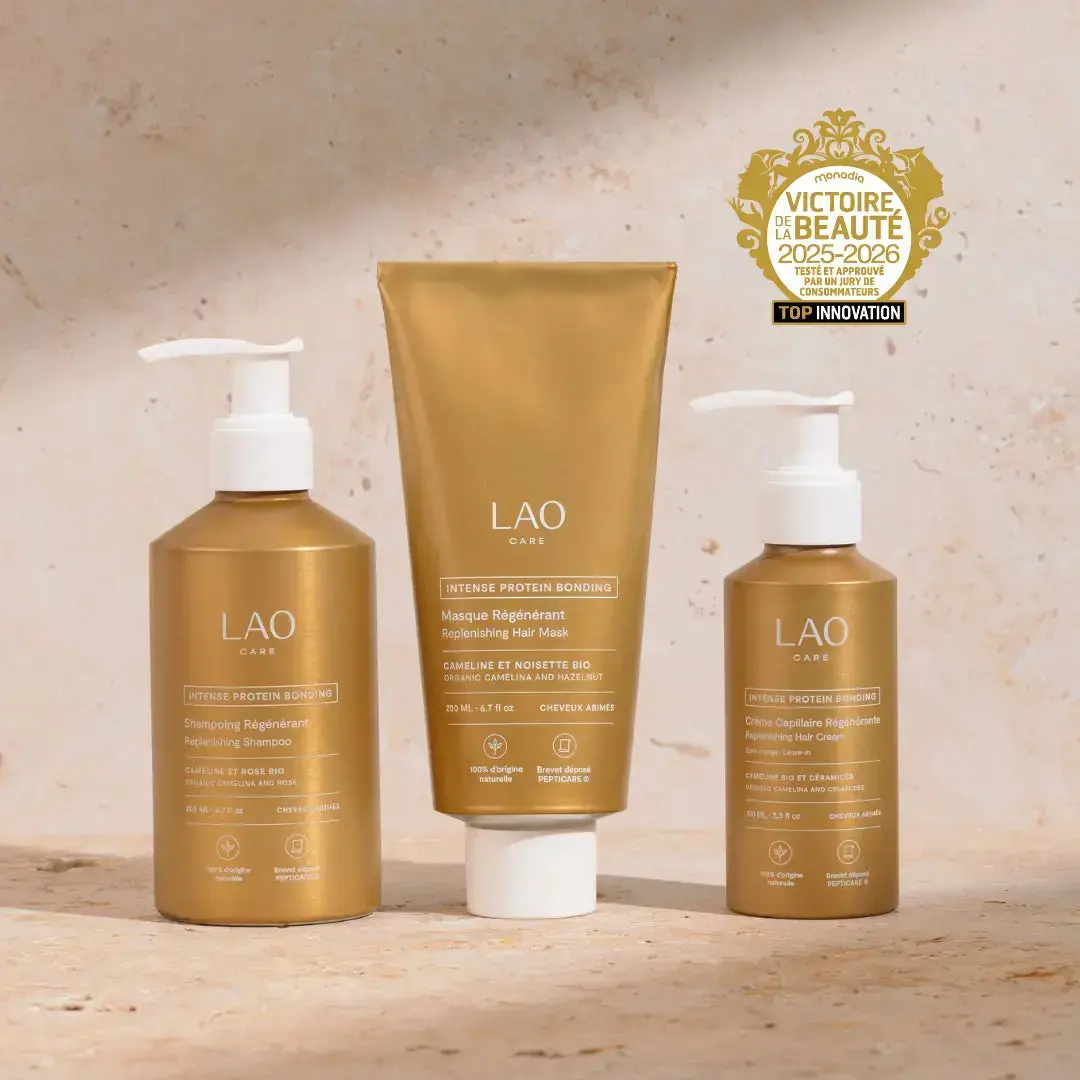
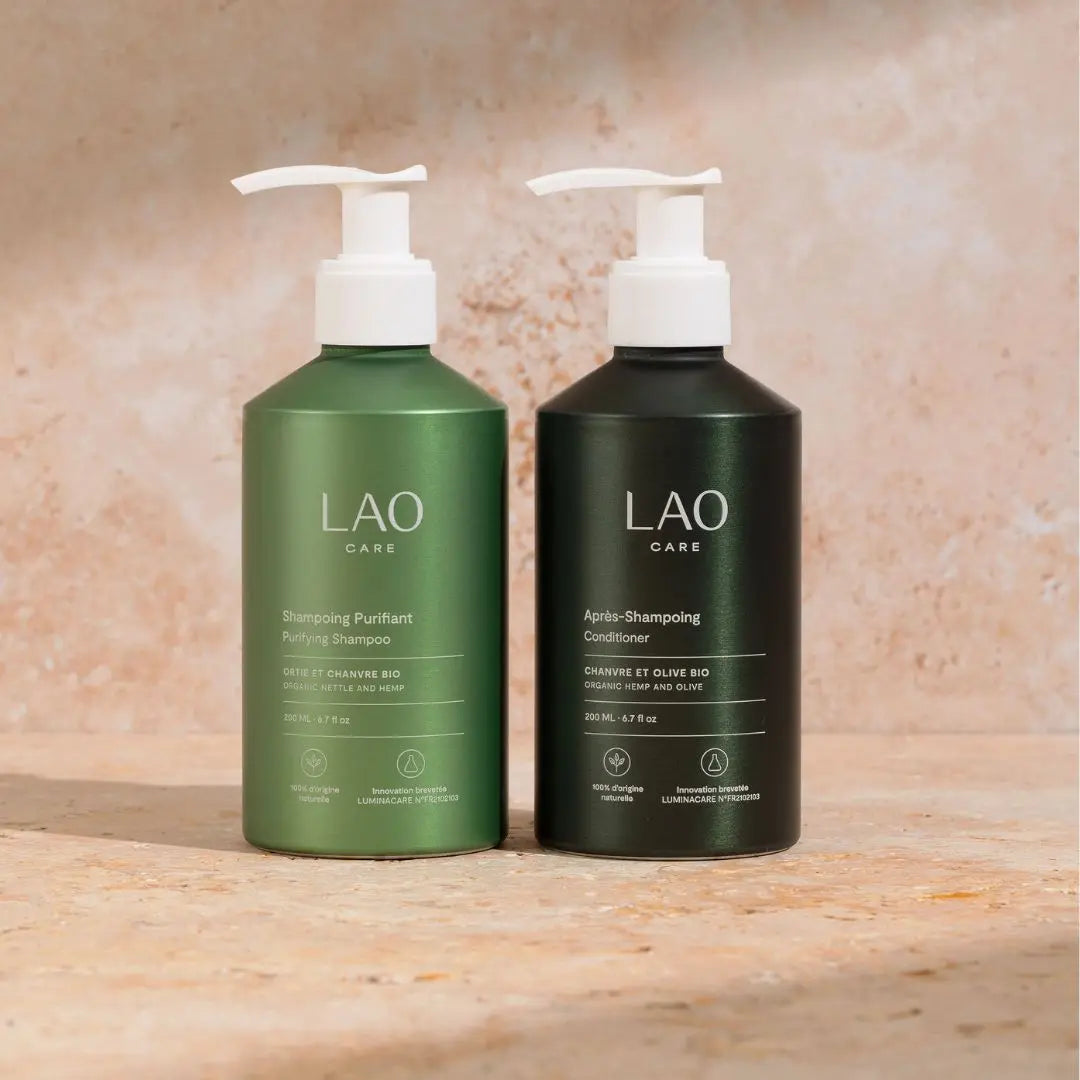
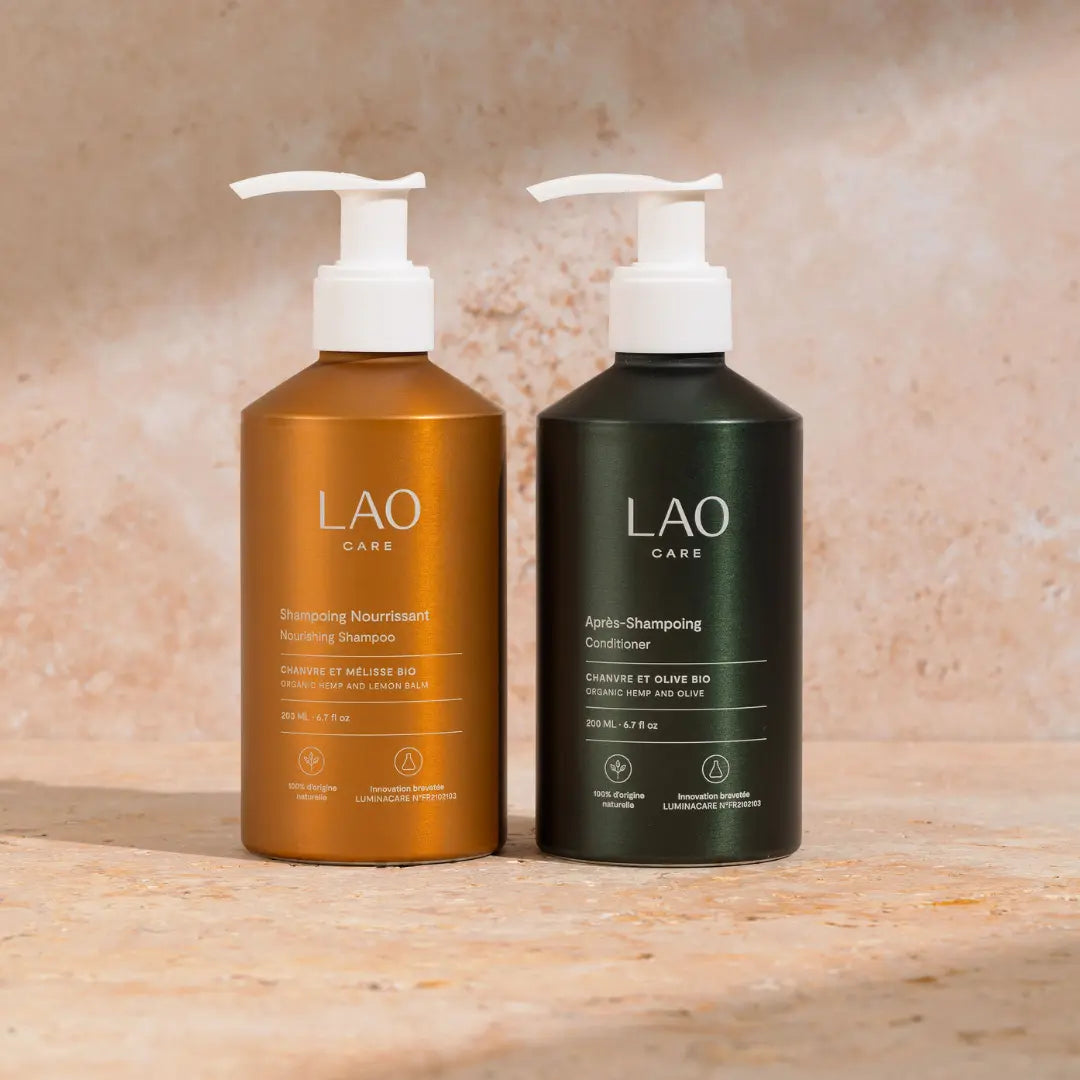
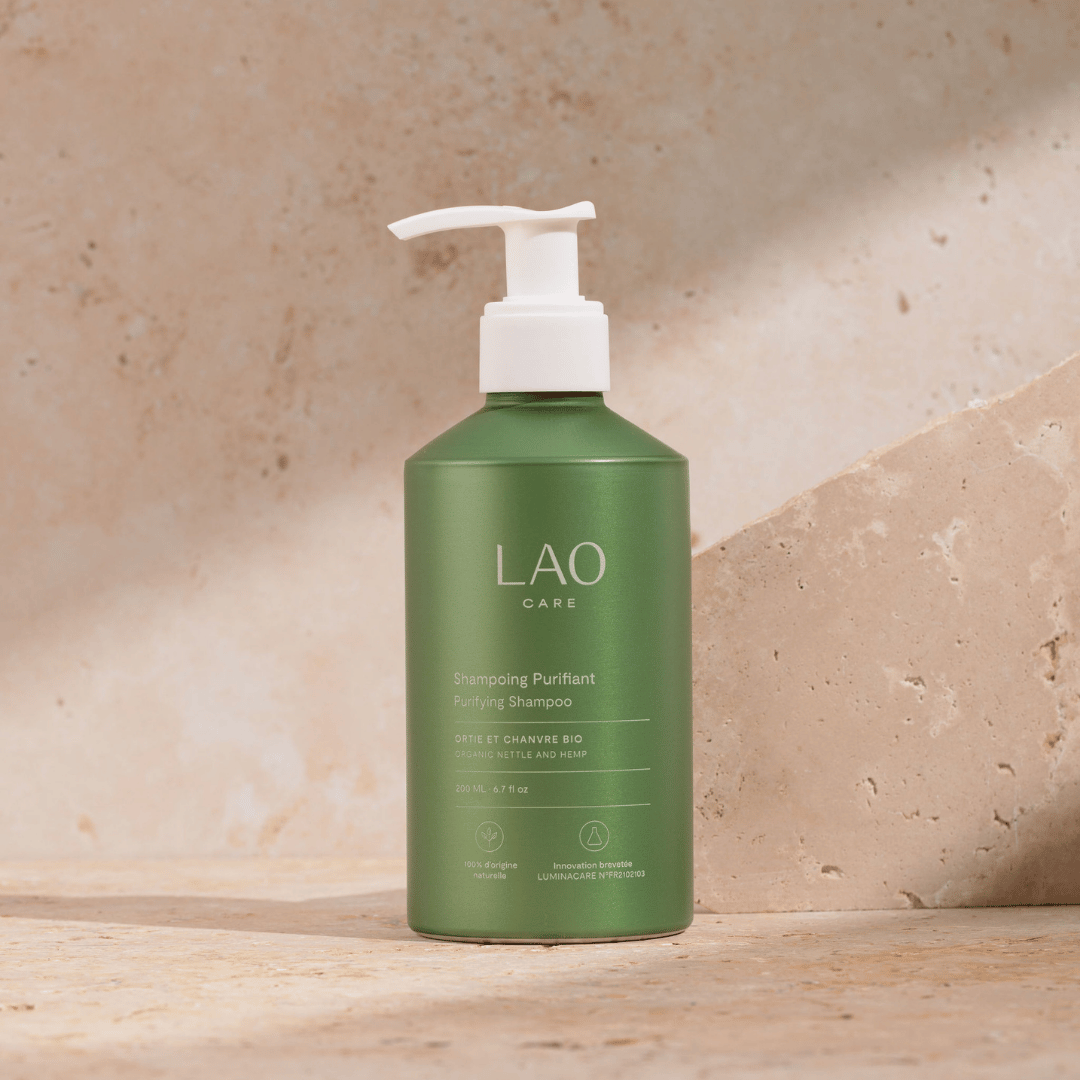
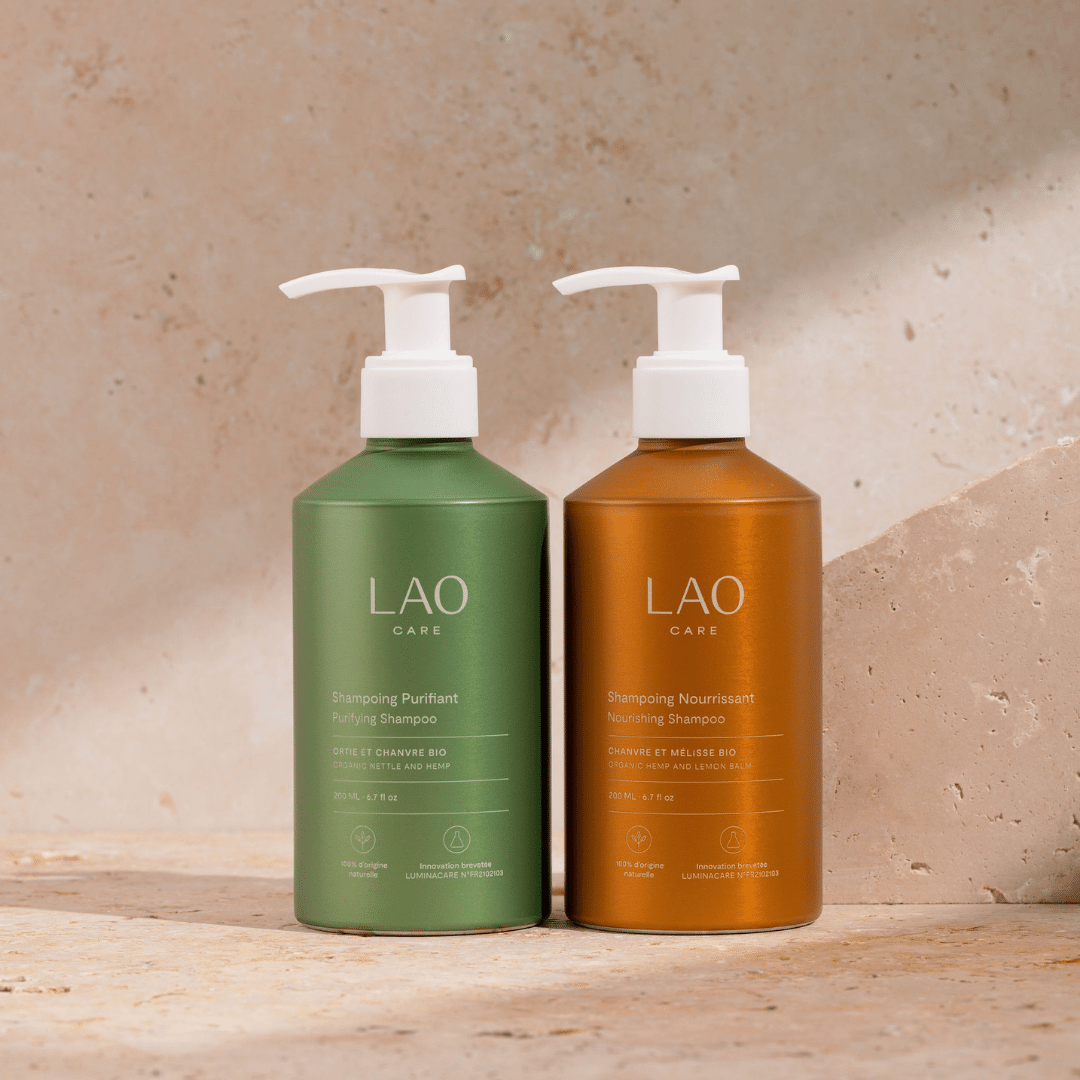

Leave a comment